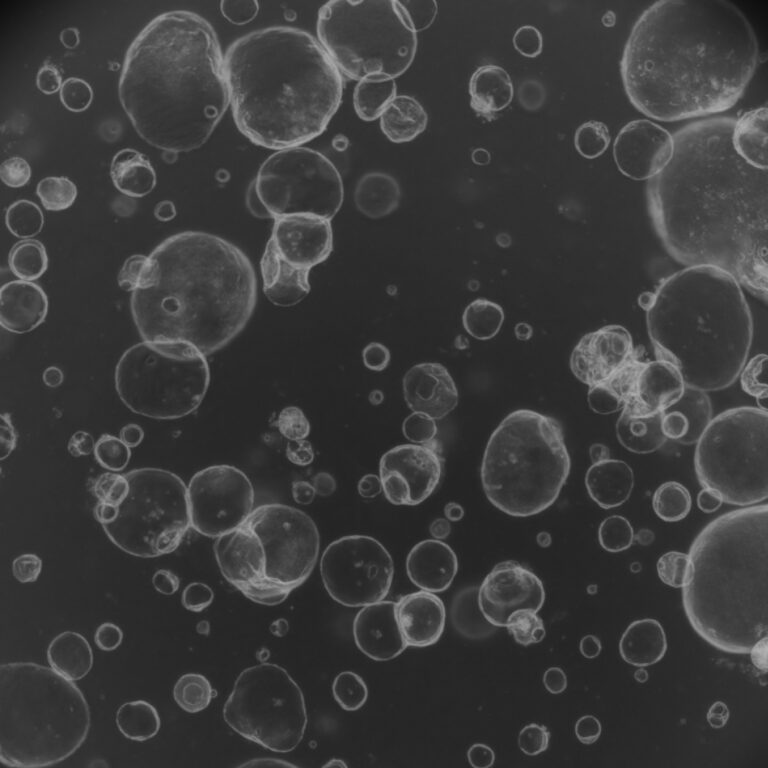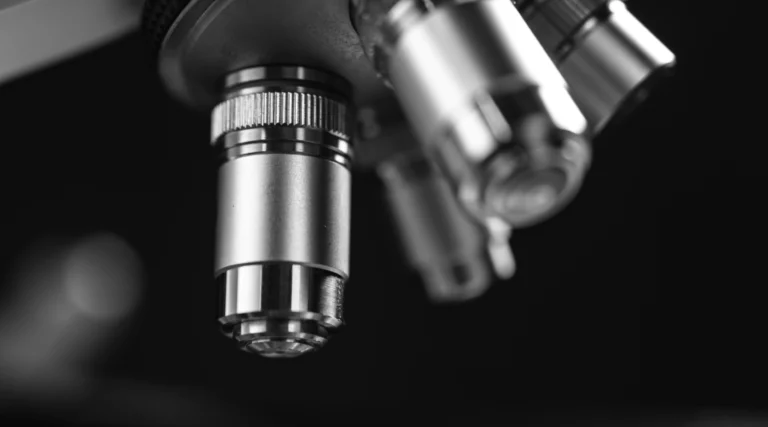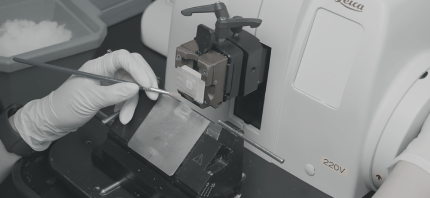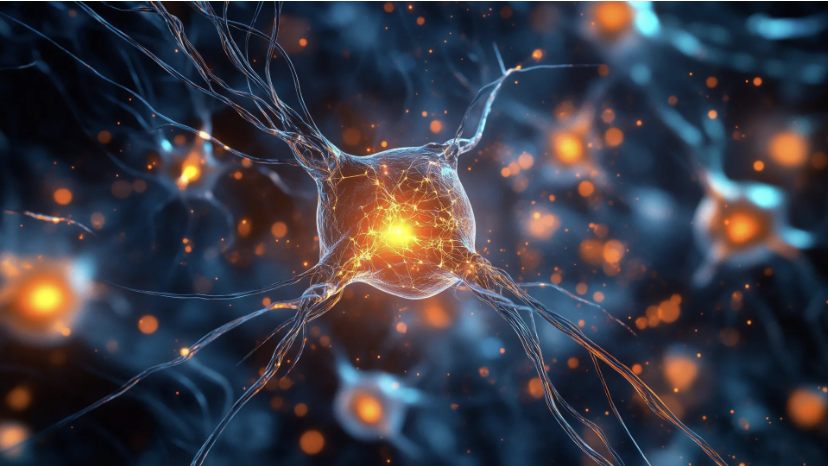Discovering the Future of Retinal Health: Advances from the Frontiers of Biotechnology
Innovations in Retinal Research
In the latest edition of Nature Biotechnology, a groundbreaking study titled “Multimodal Spatiotemporal Phenotyping of Human Retinal Organoid Development” showcases cutting-edge techniques in retinal organoid research. This research, derived from human pluripotent stem cells, employs advanced imaging and genetic tools to unfold the complex processes of retinal development, offering hope for modeling human retinal diseases more effectively.
Advanced Tools for Deeper Insights
The study utilizes innovative methods such as iterative indirect immunofluorescence imaging (4i) and combines single-cell RNA sequencing (scRNA-seq) with ATAC sequencing (scATAC-seq). These techniques allow researchers to observe the intricate spatial and temporal expression patterns of proteins and genes, providing a dynamic view of cellular activities during the development of retinal organoids.
Tracking Development and Disease
Over several weeks, researchers meticulously track the evolution of retinal organoids, mapping out the differentiation paths of various cell types including photoreceptors and ganglion cells. This detailed observation aids in understanding the organizational and maturation processes of retinal cells, replicating the growth of a human retina in a controlled lab environment.
Gene Regulatory Networks Unraveled
A major breakthrough in the study is the integration of scRNA-seq and scATAC-seq data to infer gene regulatory networks essential for the differentiation and maturation of retinal cells. These networks lay out the molecular pathways that influence cell fate decisions, crucial for developing targeted therapies.
Towards a New Horizon in Retinal Disease Modeling
The multimodal approach employed not only enhances the study of retinal development but also paves the way for simulating and studying retinal diseases. Insights gained from these organoid models are instrumental in advancing our understanding of retinal disorders and developing effective treatments.
Challenges and Opportunities Ahead
While challenges persist in replicating the exact cellular composition of the human retina, the potential of these organoid models in revolutionizing retinal disease research is immense. The long-term goal is to create predictive virtual models of human diseases, which could significantly impact the future of medical diagnostics and treatment strategies.
Keywords: Retinal organoids, vision, retinal disease modeling




